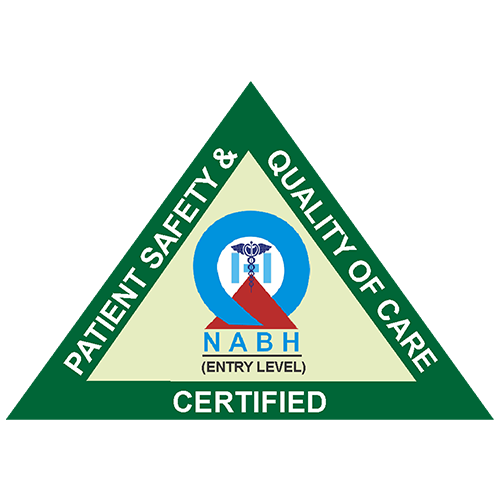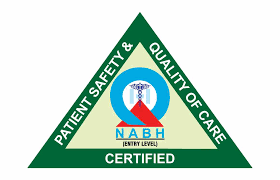Introduction:
Testosterone is a hormone that plays a crucial role in men’s health, influencing everything from muscle mass and bone density to mood and libido. However, many men experience a decline in testosterone levels as they age, leading to various symptoms and health concerns. In fact, recent studies suggest that as many as one in four men over the age of 30 may have low testosterone levels.
In this blog, we’ll explore the causes, symptoms, and potential treatments for low testosterone, helping you understand if you could be part of this statistic.
Understanding Testosterone:
Testosterone is a hormone produced primarily in the testicles and is responsible for the development of male reproductive tissues and secondary sexual characteristics. It also plays a role in maintaining muscle mass, bone density, red blood cell production, and overall well-being.
Causes of Low Testosterone:
1.Aging: Testosterone levels naturally decline with age, typically starting around age 30
2.Obesity: Excess body fat can lead to decreased testosterone production.
3. Chronic Illness: Conditions such as diabetes, HIV/AIDS, and chronic kidney disease can affect testosterone levels.
4.Medications: Certain medications, such as corticosteroids and opioid painkillers, can lower testosterone levels.
5.Stress: Chronic stress can disrupt hormone production, including testosterone.
6.Testicular Injury or Disease: Injury to the testicles or certain medical conditions can impair testosterone production.
Symptoms of Low Testosterone:
Low testosterone levels can manifest in various symptoms, including:
Reduced libido and sexual dysfunction
Fatigue and decreased energy levels
Loss of muscle mass and strength
Increased body fat, particularly around the abdomen
Mood changes, including depression and irritability
Decreased bone density and increased risk of fractures
Diagnosis and Treatment:
If you suspect you have low testosterone, it’s essential to consult with a healthcare professional for proper diagnosis and treatment. Diagnosis typically involves a physical exam, blood tests to measure testosterone levels, and possibly additional tests to identify underlying causes.
Treatment options for low testosterone may include:
1.Testosterone Replacement Therapy (TRT): TRT involves administering testosterone via injections, patches, gels, or implants to restore testosterone levels to normal
2. Lifestyle Changes: Making lifestyle changes such as maintaining a healthy weight, exercising regularly, reducing stress, and getting adequate sleep can help improve testosterone levels naturally.
3. Medications: In some cases, medications may be prescribed to stimulate testosterone production.
Conclusion:
Low testosterone is a common condition that can have significant impacts on men’s health and well-being. If you’re experiencing symptoms of low testosterone, don’t hesitate to seek medical advice. With proper diagnosis and treatment, it’s possible to manage low testosterone and improve your overall health and quality of life. Remember, you’re not alone—many men are “one in four” when it comes to low testosterone, but there are effective solutions available to help you feel your best.






Temp Mail I like the efforts you have put in this, regards for all the great content.
Temp Mail I truly appreciate your technique of writing a blog. I added it to my bookmark site list and will
Ive read several just right stuff here Certainly price bookmarking for revisiting I wonder how a lot effort you place to create this kind of great informative website
This post is extremely radiant. I really like this post. It is outstanding amongst other posts that I’ve read in quite a while. Much obliged for this better than average post. I truly value it!
Your blog is a true hidden gem on the internet. Your thoughtful analysis and in-depth commentary set you apart from the crowd. Keep up the excellent work!
Thank you for the auspicious writeup It in fact was a amusement account it Look advanced to far added agreeable from you However how can we communicate